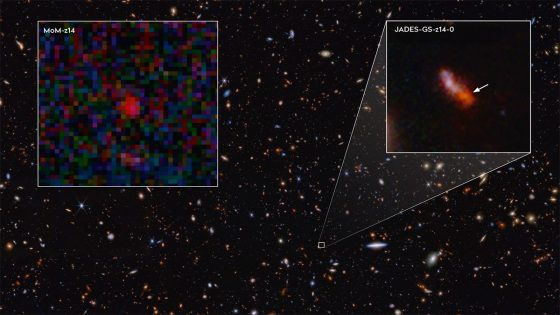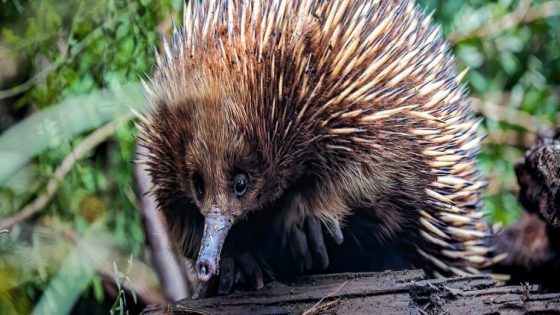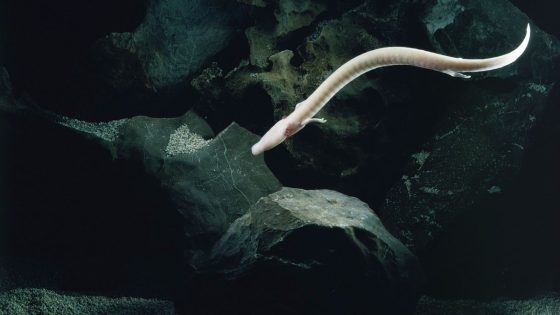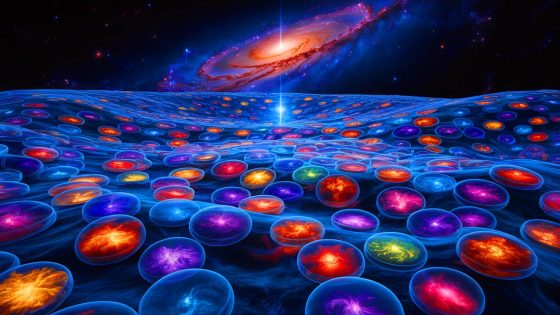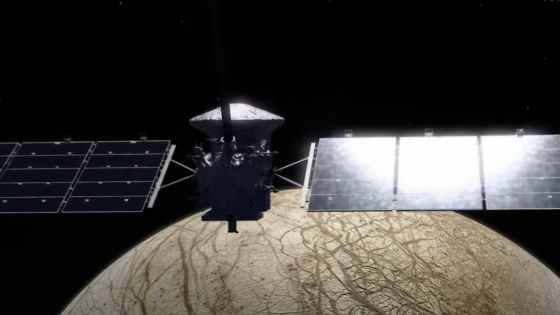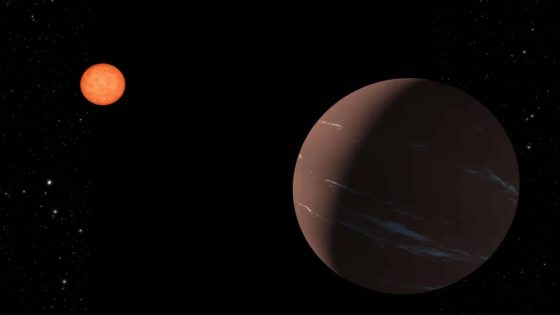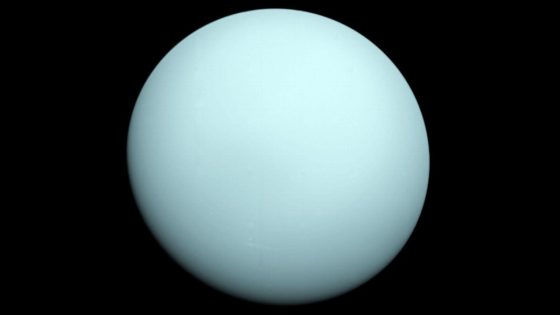The James Webb Space Telescope (JWST) continues to redefine our understanding of the universe by exploring the cosmic dawn, a period shortly after the Big Bang. In a groundbreaking discovery on 2025-07-27 09:52:00, JWST detected light from MoM-z14, a galaxy that existed just 280 million years after the Big Bang, making it the most distant galaxy ever observed.
- James Webb Telescope investigates cosmic dawn.
- MoM-z14 is the most distant galaxy detected.
- Redshift indicates distance and galaxy composition.
- JWST found over 100 bright early galaxies.
- Heavier elements detected in MoM-z14.
- Discovery expands understanding of early universe.
This remarkable find displaces the previous record holder, JADES-GS-z14-0, which existed 300 million years post-Big Bang. Such discoveries raise intriguing questions about the formation of galaxies in the early universe.
The existence of MoM-z14 challenges prior expectations regarding early galaxies. Astronomers had anticipated fewer bright galaxies at such early epochs, yet JWST has unveiled over 100 bright galaxies from this era. This discovery suggests that our understanding of cosmic evolution is still evolving. Key points include:
- MoM-z14 has a redshift of 14.44, indicating its extreme distance.
- JWST’s findings suggest a surprising abundance of early galaxies.
- Heavier elements like carbon and nitrogen were detected in MoM-z14.
- These findings hint at even earlier galaxies composed solely of hydrogen and helium.
As JWST continues to probe the depths of space, we can anticipate even more groundbreaking revelations about the cosmos, potentially uncovering the very first stars and galaxies that shaped our universe.



